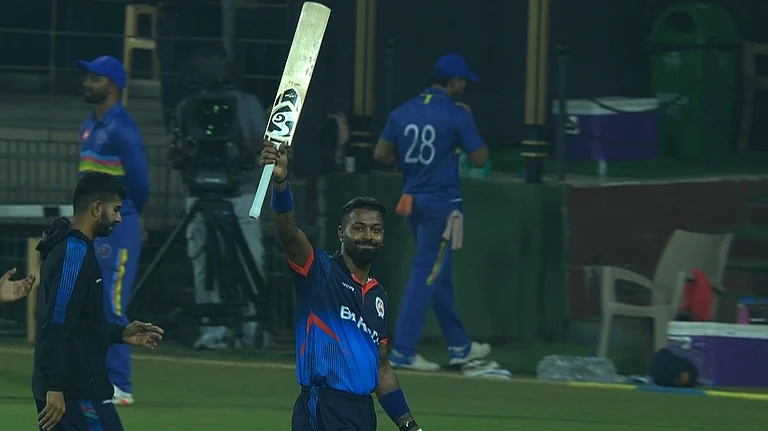Sonepur, also known as Subarnapur (as is the district), has always featured prominently on the economic, social and cultural map of the state; but the history of Sonepur begins in the 8th century CE when the Bhanjas started ruling the area, followed by dynasties such as Somavamsis, Telugu Chodas, Kalachuais, Gangas and the Chauhans. Now in Odisha’s Subarnapur district, this temple town is a cynosure for its deep religious fervour and elaborate history. For those visiting the city, a tour of some of the main temples is the perfect gateway to the rich culture of Odisha.
Home to various craft skills, the state of Odisha is a powerhouse of talent when it comes to its arts and crafts. Paintings, textiles, embroidery and tribal jewellery, the state has shown expertise in all domains. While every bylane in Sonepur tells a deeply revered tale of history and religion, the region is known for one more aspect that adds to its vibrancy - Textile.

For generations, weavers of Odisha have toiled hard at their looms to churn out clothes fit for gods and mortals. Sonepur’s handloom woven sarees and dress material are known for their unique ‘Bomkai’ designs, also known as ‘Bandha’ designs or more popularly Ikat. Developed using Jala technique, Sonepur’s Bomkai sarees find takers across the world for their intricate work.
Bomkai sarees are named after the locality where they originated. This craft involves the dyeing of both the warp and weft according to one’s requirement. For border design, warp alone is processed; for the fabric that hangs over the shoulder, weft is processed and for a saree’s overall design, both the warp and weft are processed. Deeply influenced by tribal art, the Bomkai cotton saris are embroidered with temple spire patterns on the border and include motifs such as kanthiphula, Atasi flower, lotus and flies, birds, peacock, fish, elephants, ducks, all in geometrical forms. Inspired by religious life, the colours used in this traditional craft includes ones commonly found in temples - black, white, red and yellow. At Sonepur, spend some time learning more about these weavers and their traditional natural dying process, designs and jala work.





















